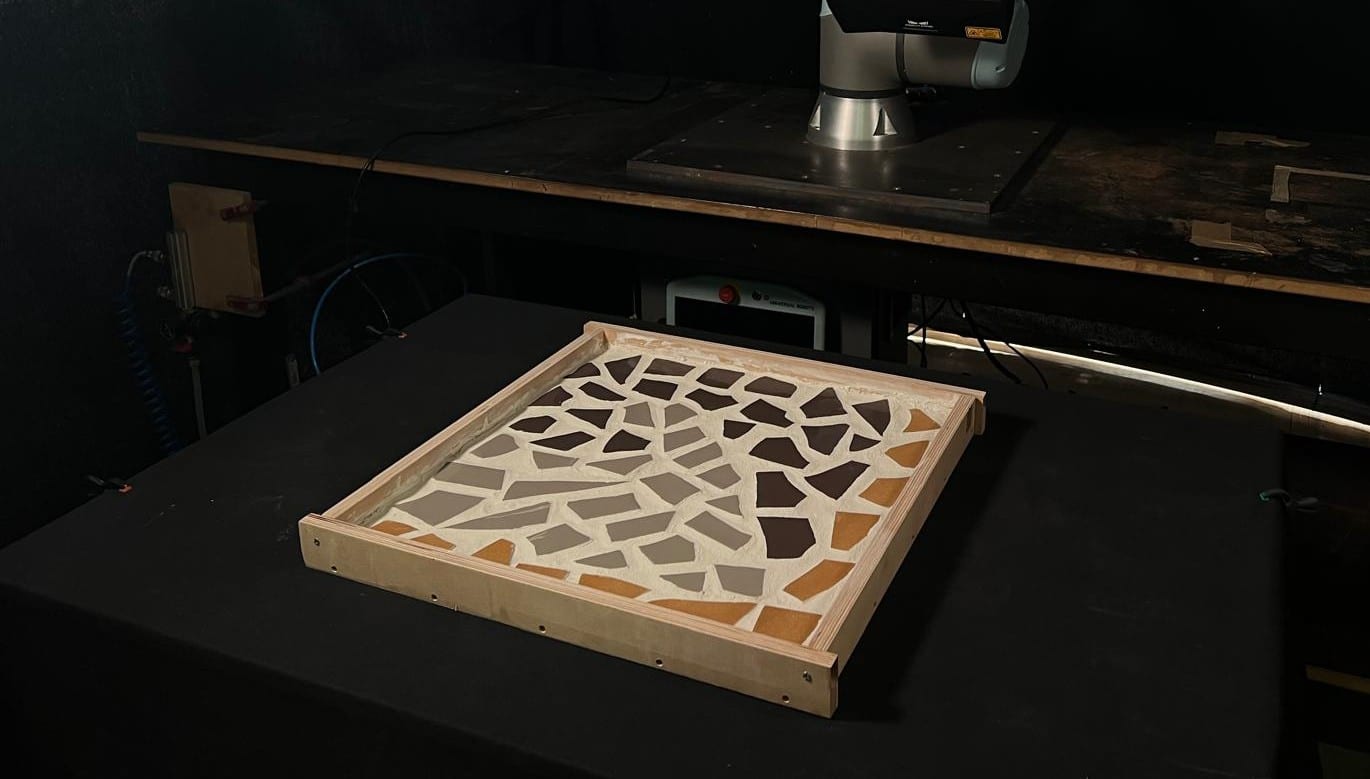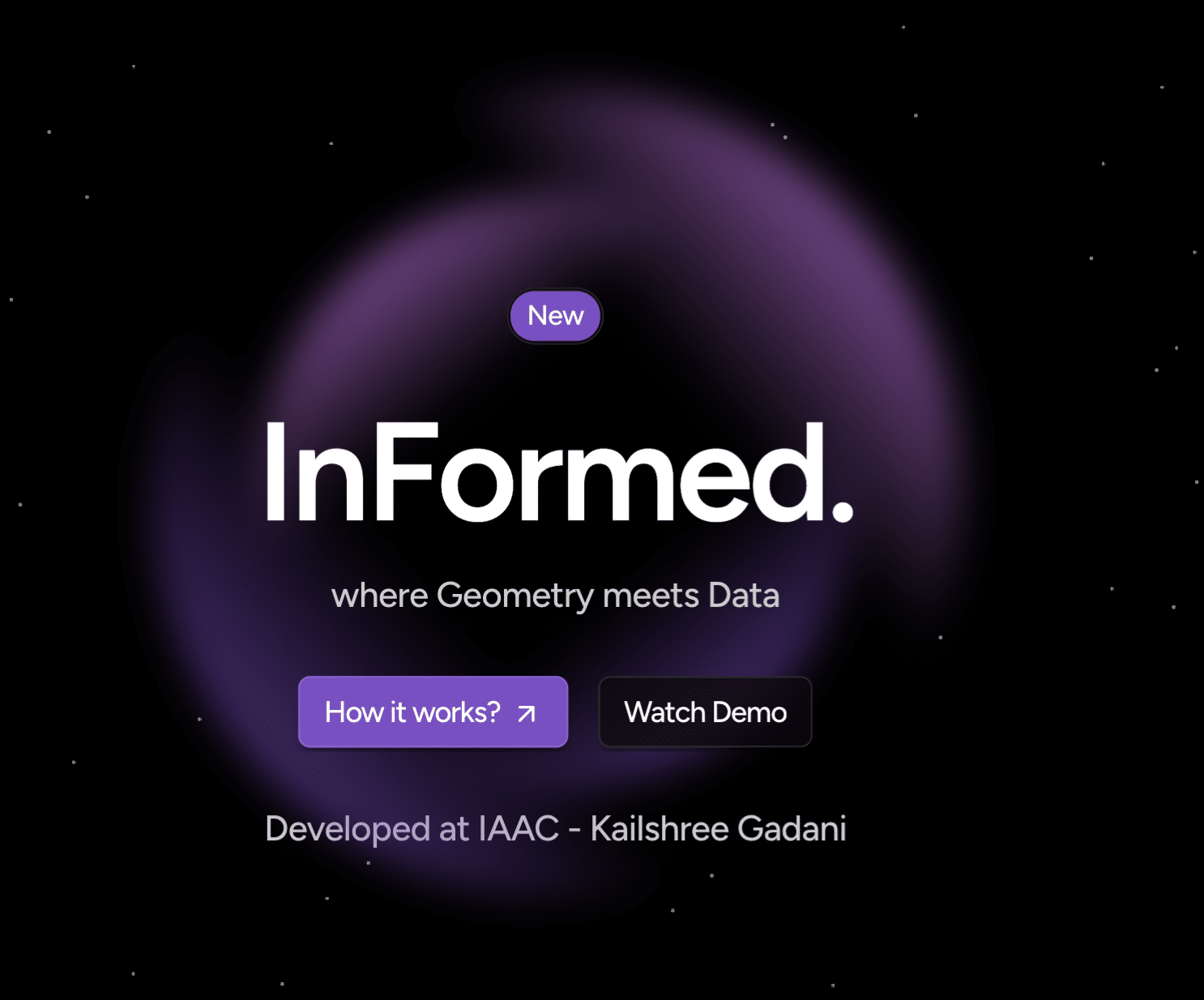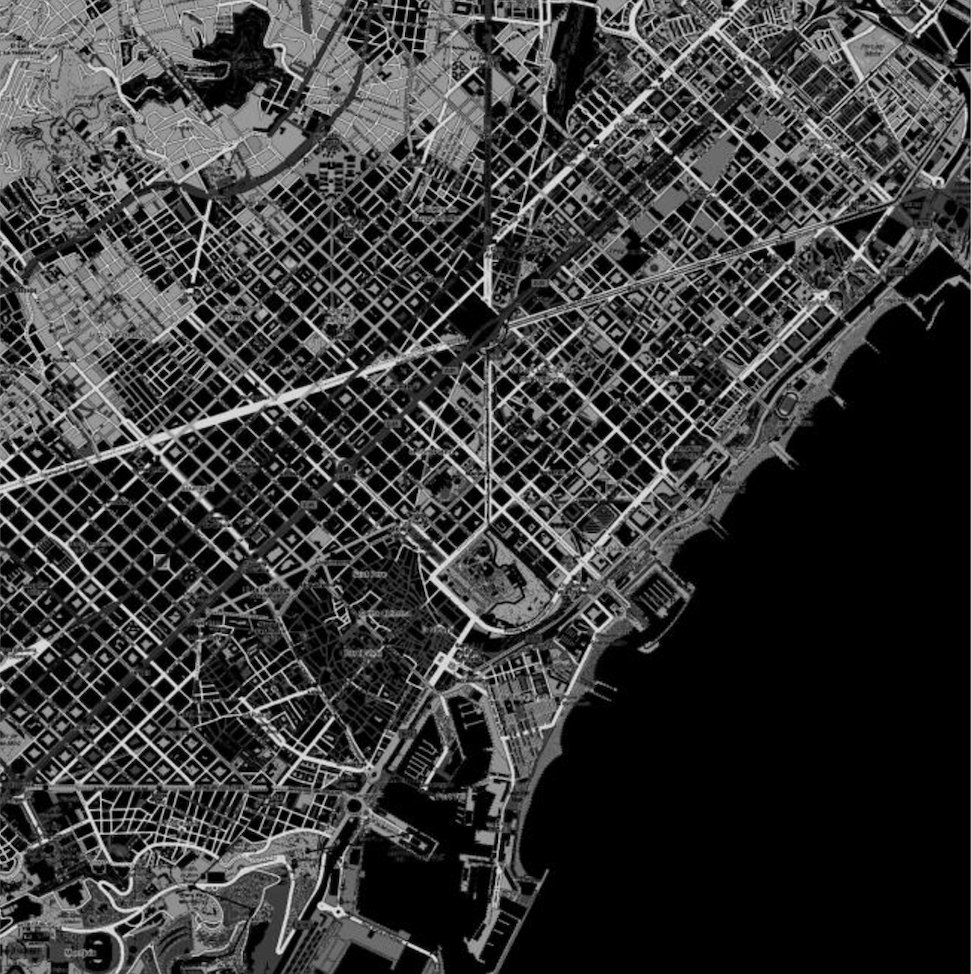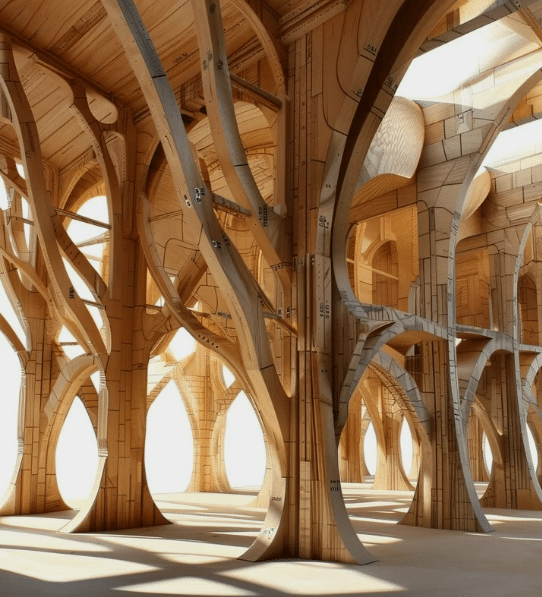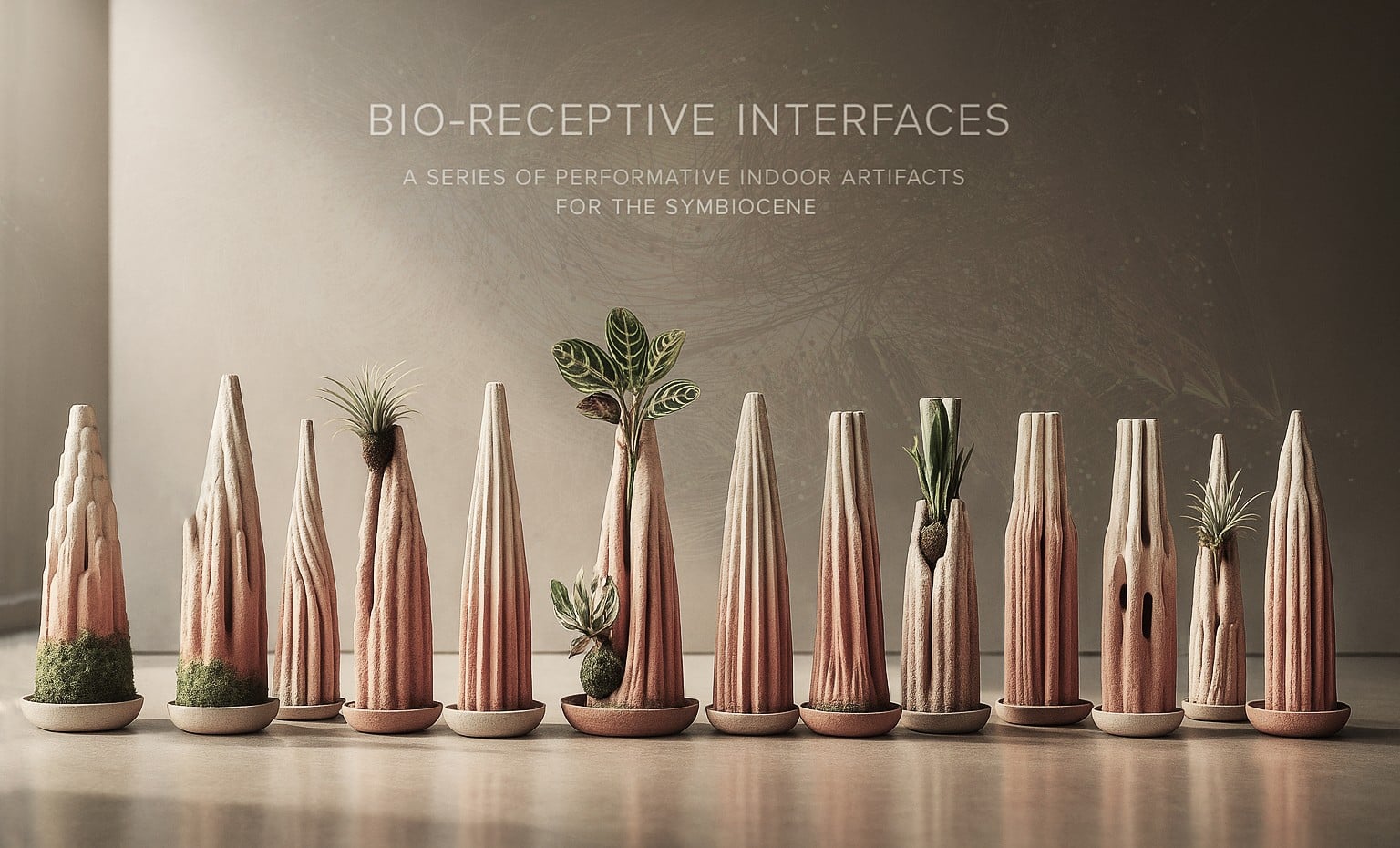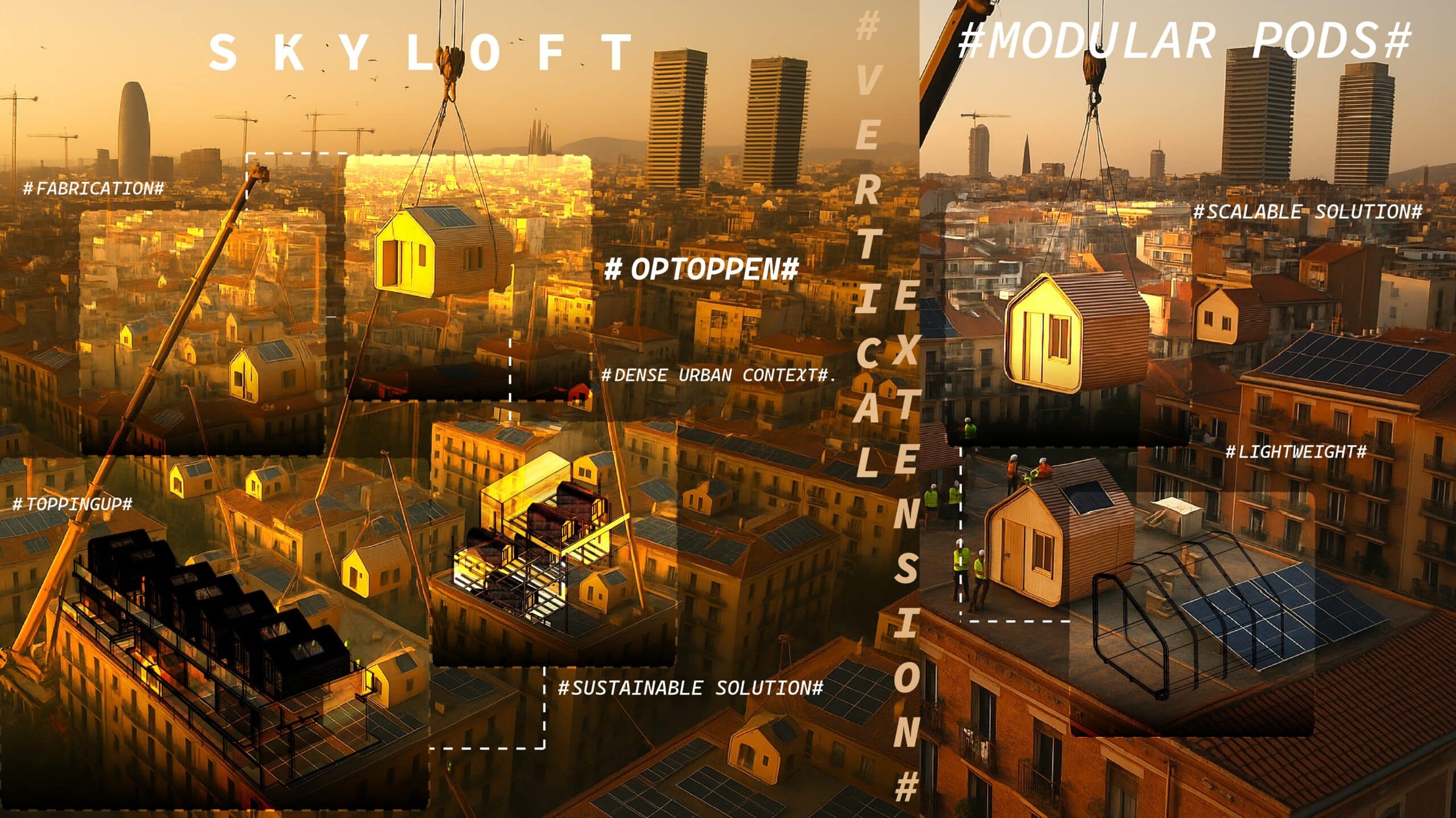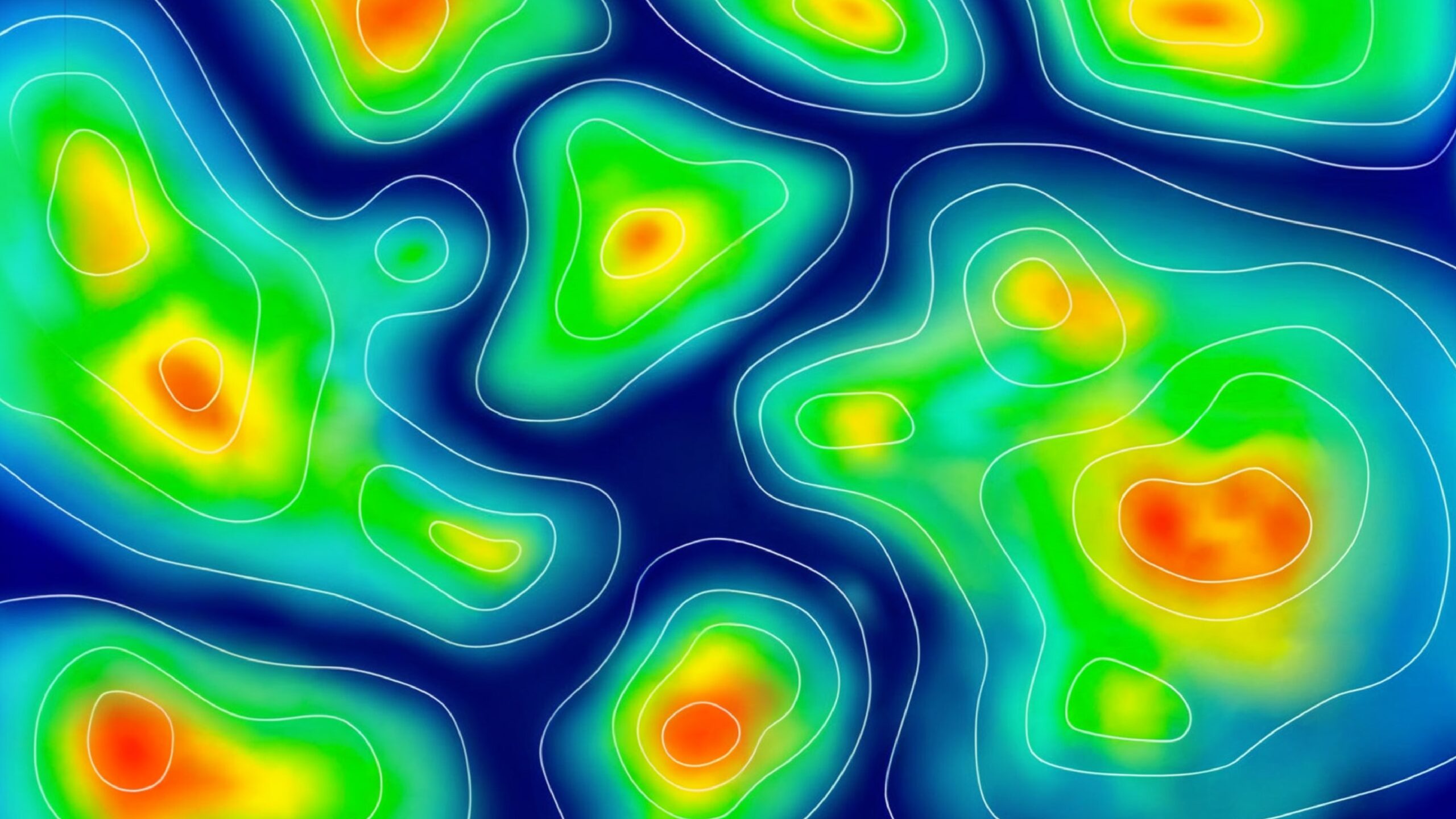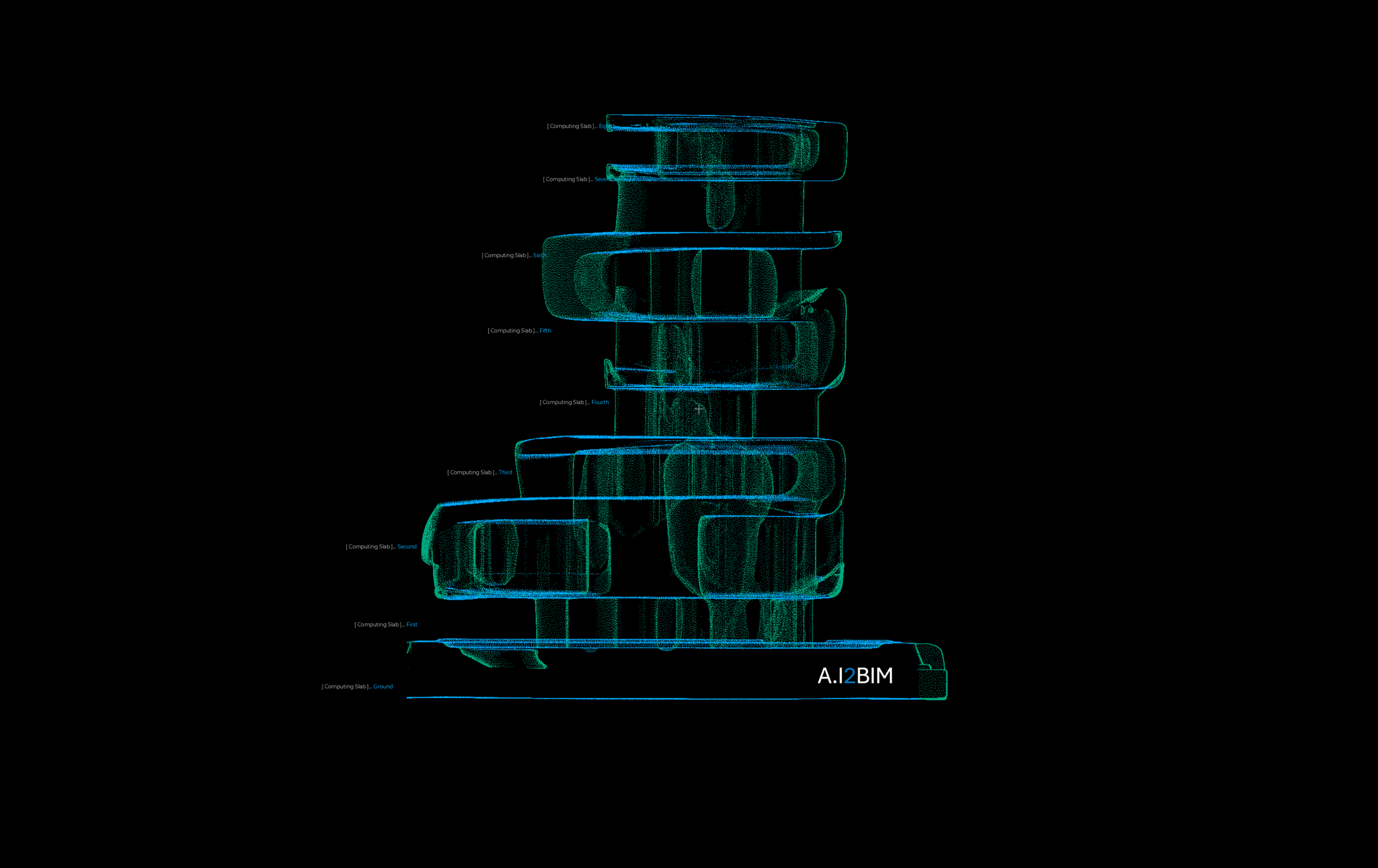Dancing Tiles
This project investigates the reinterpretation of the traditional mosaic technique of Trencadís through contemporary methods of digital and robotic fabrication. The process began with manual explorations aimed at understanding the material and compositional logic underlying Trencadís—specifically, the principles governing the arrangement and fitting of irregular fragments to generate cohesive surfaces. These initial studies provided critical … Read more


